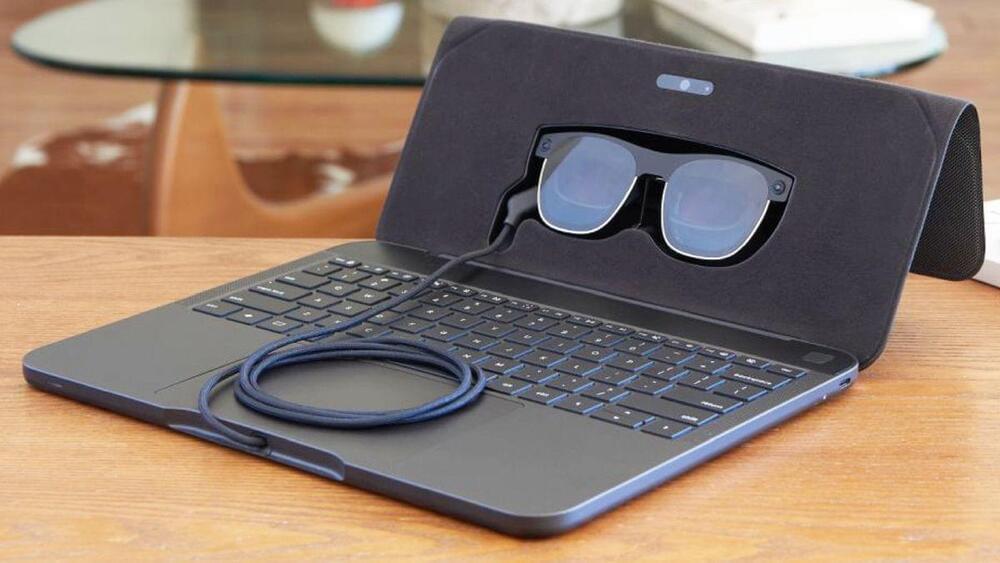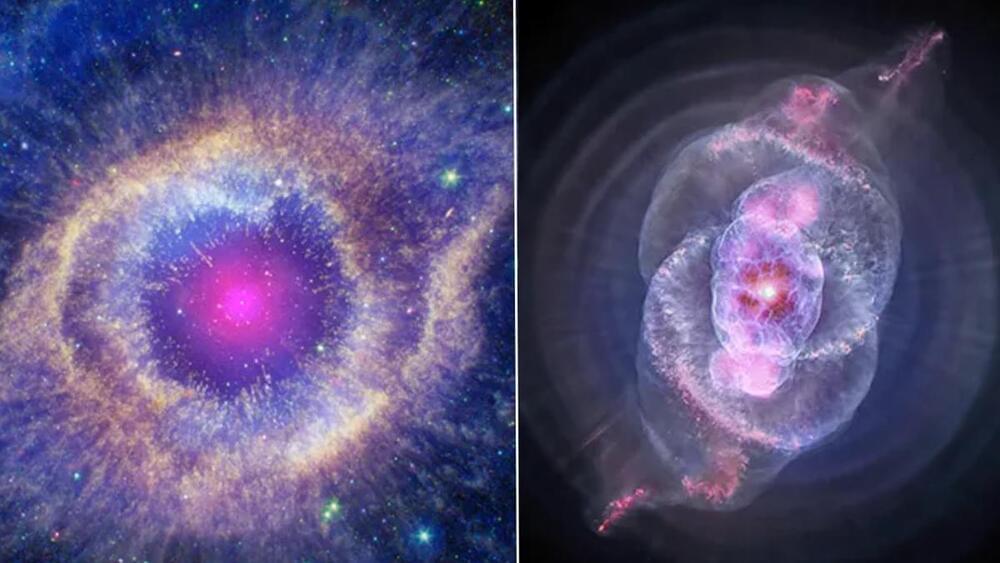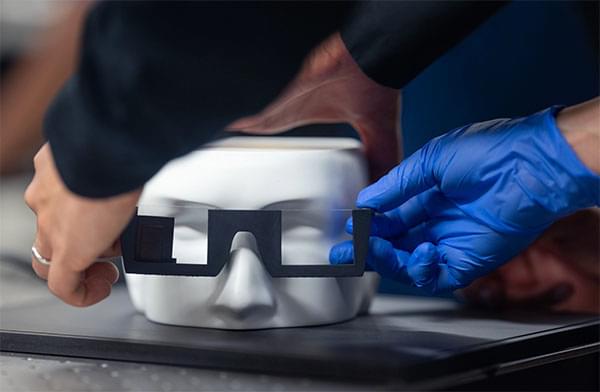Jun 14, 2024
‘People have to see it to believe it’: We asked an expert about AR laptops and the challenges in this booming market
Posted by Saúl Morales Rodriguéz in categories: augmented reality, robotics/AI
And manufacturers are keen to bring additional screens into play, from 2009’s Lenovo’s Thinkpad W700 with its built-in extendable tablet to modern devices like the Asus ZenBook Duo, or Lenovo Yoga Book 9i — and some frankly absurd variants along the way.
But what’s next for the laptop? Will it be Lenovo’s transparent laptop or will AI transform the laptop into handheld devices like how the Steam Deck and ROG Ally X represent a potential reinvention of the gaming laptop? Well, in my opinion, and many others, the next step is augmented reality.
Modern laptops are stuck between two desires, smaller form factors and larger displays. Both of which have their benefits, but you can’t gain more of one without giving up some of the other.

















